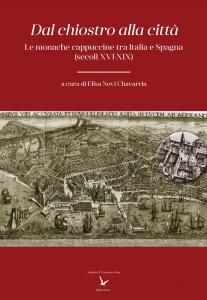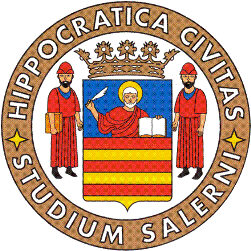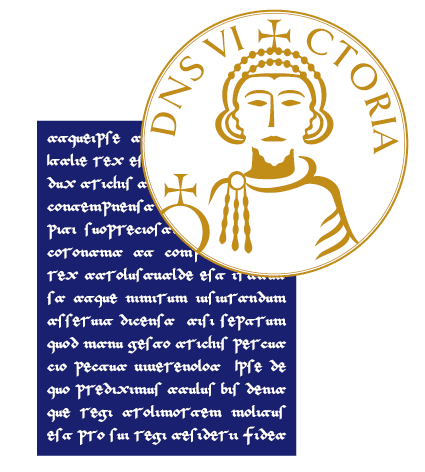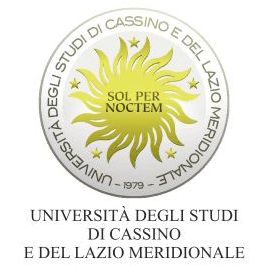Dal chiostro alla città: le monache cappuccine tra Italia e Spagna (secoli XVI-XIX)
Keywords:
Monasteri femminili, religione, società, monarchia ispanica, età modernaSinossi

Editore: FedOA - Federico II University Press
Serie: Clio. Saggi di scienze storiche, archeologiche e storico-artistiche
Pagine: 399
Lingua: Italiano
Abstract: I saggi raccolti nel volume provano a fare luce sulle comunità delle clarisse cappuccine che dettero seguito al progetto che aveva portato Maria Lorenza Longo alla fondazione, a Napoli, nel 1535, del monastero di Santa Maria in Gerusalemme. Vi viene ripercorsa la storia dei loro principali insediamenti tra Italia e Spagna nei primi secoli dell’età moderna, seguendone alcune delle principali trame – rapporti con le élite cittadine, patronato regio nel caso delle comunità di Barcellona e Madrid, vita religiosa, patrimoni culturali materiali e immateriali, arti e devozioni. Sorte per una serie di concatenazioni molecolari tra loro, in cui le regole manoscritte funsero da agenti nella prima fase della fondazione, tali comunità mostrano una evidente pluralità di situazioni dal punto di vista giuridico, devozionale ed economico-sociale. Ciò nonostante, le confluenze sul piano delle scelte operative, le interconnessioni e le influenze reciproche che tennero insieme i primi monasteri delle clarisse cappuccine fondate tra Italia e Spagna furono comunque numerose e significative, specie sul piano dell’assistenza e la cura prestate ai malati cronici, l’accoglienza di donne a vario titolo considerate ‘a rischio’, le scelte concernenti stili e comportamenti religiosi.
Downloads
















